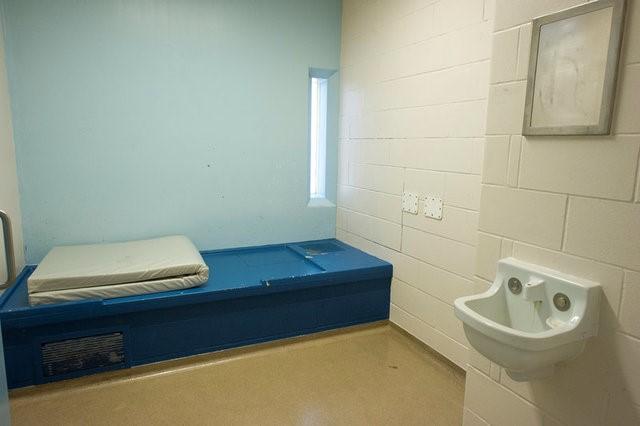New data from the federal government indicates that 40 percent of suspects who appear in criminal court are not convicted, giving Canada one of the lowest prisoner incarceration rates among English-speaking countries.
A Public Safety Canada report released in March titled “2021 Corrections and Conditional Release Statistical Overview,” uses the most recent data available to provide details on the Canadian criminal justice system.
“When ranked from highest to lowest, Canada’s prison population rate was ranked 143 out of 223 countries,” said the report.
Canada jails 104 prisoners per 100,000 population, compared to the United States’ 629 prisoners per 100,000, Australia’s 165 per 100,000, and New Zealand’s 150 per 100,000, the report indicated.
Most prisoners in Canada are white males under 40 years of age. The majority being sent to federal penitentiaries are drug users, according to Blacklock’s Reporter.
Inmates
The report indicated Canada’s incarceration rate dropped 6.1 percent between 2012 and 2019, and dropped a further 2.8 percent from 2019 to 2021.
In 2020–21, the total number of inmates in custody in a Correctional Service of Canada (CSC) facility was 12,399. Another 9,113 were in the community under supervision.
“In addition to this total offender population, 303 offenders were on bail, 122 offenders had escaped, 456 offenders serving a federal sentence were in custody in a non-CSC facility, 327 offenders were unlawfully at large for 90 days or more, and 374 offenders were deported,” said the report.
The cost of running Canada’s federal prison system was $2.53 billion in 2019–20, an increase of 5.4 percent from the year prior, and 4.3 percent higher than in 2011–2012.
Provincial and territorial corrections cost roughly $2.7 billion in 2019–20, a 2 percent increase from 2018–19, but a 46.2 increase from 2010–2011. Once costs were adjusted for the impact of inflation, the increase in spending from 2010–11 to 2019–20 was 22.6 percent.
In 2019–20, jailed maximum-security males cost an annual average of $174,939 per offender. Medium-security males cost $111,243, while minimum-security males cost $92,877.
Females cost significantly more to jail, with a cost in 2019–20 of $222,942 per offender annually on average. The average daily inmate cost includes salaries to run the institutions and employee benefit plans, noted the report, but excludes capital expenditures and industrial operations within federal jails.





